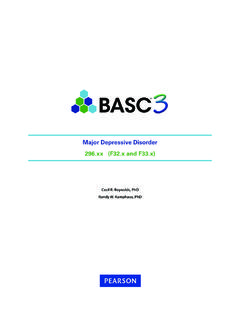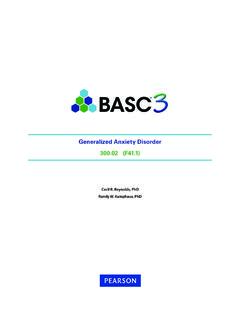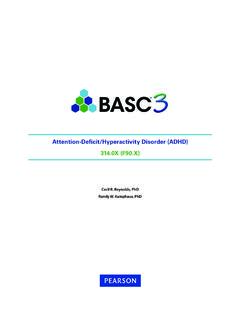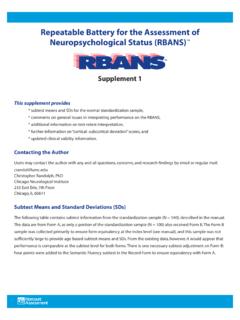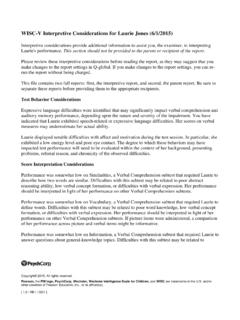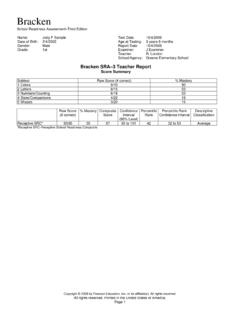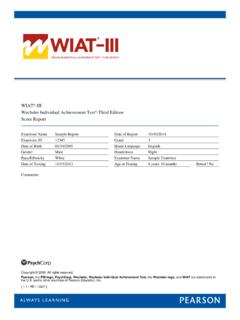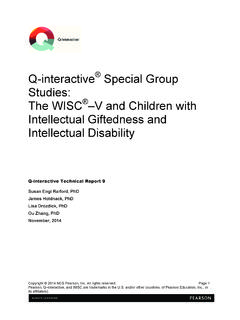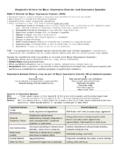Transcription of Disruptive Mood Dysregulation Disorder 296.99 (F34.8)
1 Cecil R. Reynolds, PhDRandy W. Kamphaus, PhDDisruptive mood Dysregulation ( ) Reprinted with permission from the Diagnostic and Statistical Manual of Mental disorders , Fifth Edition (Copyright 2013). American Psychiatric Association. All Rights Diagnostic CriteriaDisruptive mood Dysregulation Disorder ( )A. Severe recurrent temper outbursts manifested verbally ( , verbal rages) and/or behaviorally ( , physical aggression toward people or property) that are grossly out of proportion in intensity or duration to the situation or The temper outbursts are inconsistent with developmental The temper outbursts occur, on average, three or more times per The mood between temper outbursts in persistently irritable or angry most of the day, nearly every day, and is observable by others ( , parents, teachers, peers).
2 E. criteria A D have been present for 12 or more months. Throughout that time, the individual has not had a period lasting 3 or more consecutive months without all of the symptoms in criteria A criteria A and D are present in at least two of the three settings ( , at home, at school, with peers) and are severe in at least one of The diagnosis should not be made for the first time before age 6 years or after age 18 By history or observation, the age of onset of criteria A-E is before 10 There has never been a distinct period lasting more than 1 day during which the full symptom criteria , except duration, for a manic or hypomanic episode have been : Developmentally appropriate mood elevation, such as occurs in the context of a highly positive event or its anticipation, should not be considered as a symptom of mania or The behaviors do not occur exclusively during an episode of major depressive Disorder and are not better explained by another mental Disorder ( , autism spectrum Disorder , posttraumatic stress Disorder , separation anxiety Disorder , persistent depressive Disorder [dysthymia]).
3 Note: This diagnosis cannot coexist with oppositional defiant Disorder , intermittent explosive Disorder , or bipolar Disorder , though it can coexist with others, including major depressive Disorder , attention-deficit/hyperactivity Disorder , conduct Disorder , and substance use disorders . Individuals whose symptoms meet criteria for both Disruptive mood Dysregulation Disorder and oppositional defiant Disorder should only be given the diagnosis of Disruptive mood Dysregulation Disorder . If an individual has ever experienced a manic or hypomanic episode, the diagnosis of Disruptive mood Dysregulation Disorder should not be The symptoms are not attributable to the physiological effects of a substance or to another medical or neurological condition.
